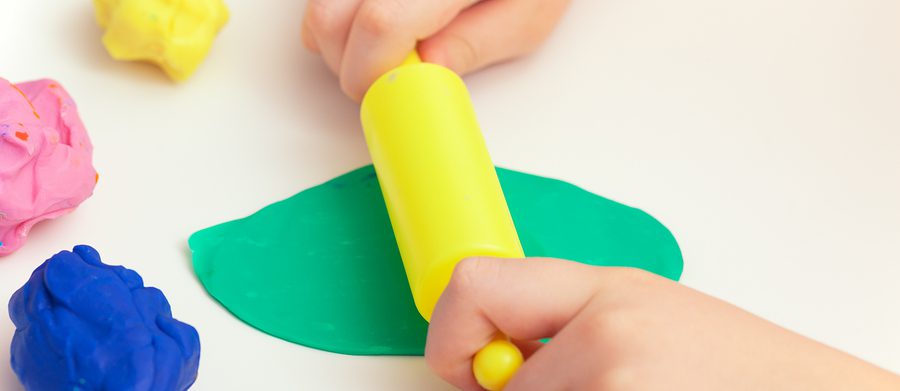Life on The Spectrum: The Best Sensory Tools and Toys
Sensory issues are common in people diagnosed with autism spectrum disorder (ASD). ASD is a cognitive, neurological, and developmental disorder that hinders one’s interaction, communication, and behavior with others.
But, do not misunderstand ASD as a deficiency or lack of intelligence. Many brilliant actors, scientists, and business people have been diagnosed with ASD.
Most people, especially children who have ASD, are faced with sensory challenges. These challenges come when a child receives too much or too little stimulus from their environment. They hence may react by shutting down or having a meltdown.

As parents, you can help your kids harness and redirect their energy by buying several sensory toys. Sensory tools and toys are valuable for managing stress and anxiety by keeping children’s hands busy and thus allowing them to shift their focus. These toys will enable them to engage with their senses, regulate their sensory needs, and finally provide feedback to their sensory systems.
Parents can visit sites like actionbehavior.com to look for other ways they could improve their children’s sensory issues.
Here are five of the best sensory tools and toys you can try.
Sensory Textured Stress Ball
A stress ball has been an effective tool to relieve stress and calm anxiety. It’s been used by many people worldwide, not just those affected by ASD.
What differentiates this stress ball is the textured layers of the ball. The textures are there to engage with a child’s sense of touch or feeling, while the vibrant colors stimulate their sense of sight.
Fidget Spinner
A fidget spinner is a long-time human favorite for stress reliever tools like the stress ball. The spinning tool does a great job of capturing and retaining a child’s attention.
This tool can be used by children with other disorders such as attention deficit disorder (ADD) and attention-deficit/hyperactivity disorder (ADHD), both neurological developmental disorders.
Sand, Slime, Or Putty
What’s excellent about sand, slime, or putty is it keeps your child busy while engaging their creativity. Thus developing their motor and craft skills as they play. You are welcome to add more toys to this lot, perhaps shape cutters or rollers, to increase the likeliness of ingenuity.
If it is also advisable that you acquire brightly colored putty or slime, as this will stimulate the child’s sense of sight.
Sensory Mat
A sensory mat is similar to a sensory stress ball, except its large and can stimulate the sense of touch on a larger part of the body. Sensory mats each have different textures. Children can use the mats to feel the various surfaces, thus engaging their sense of touch.
A great exercise is asking your child to close their eyes, feel the mats, and describe what they’re feeling. This exercise effectively engages and redirects a child’s reaction to stimuli or sensory input.
Chew Toys
Chew toys are excellent for toddlers and teething children. They are great at reducing anxiety and stress, especially for autistic children. These toys are made with non-toxic silicone making them safe for oral interaction.
The toys come in different textures, shapes, and sizes. They could be molds of any hand-held object like jewelry, keys, or stuffed animal. Chew toys are used to develop chewing and biting skills in children with sensory issues.
Sensory toys like those listed above effectively redirect and control sensory stimulation. However, parents are encouraged to be present when children play with these toys. This is to ensure that children are not using the toys in any way that could harm them.


